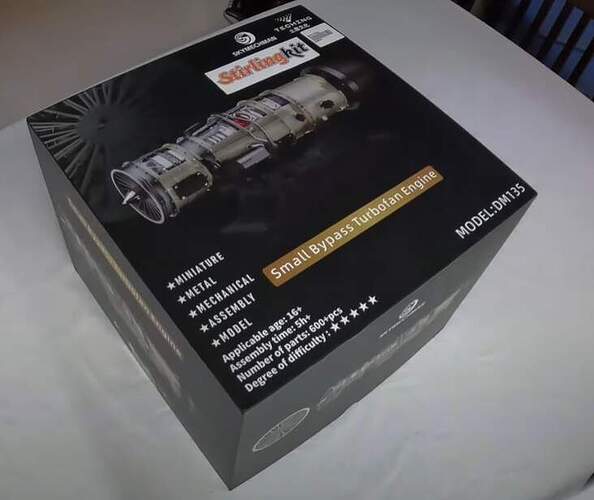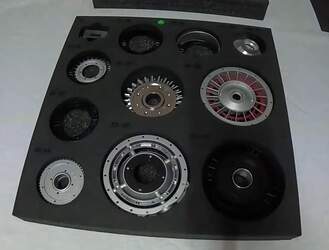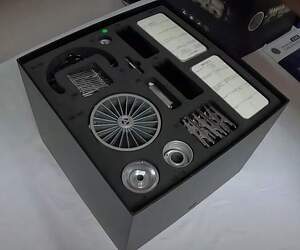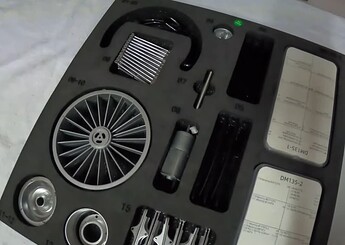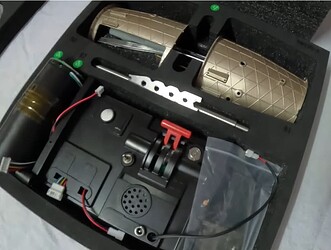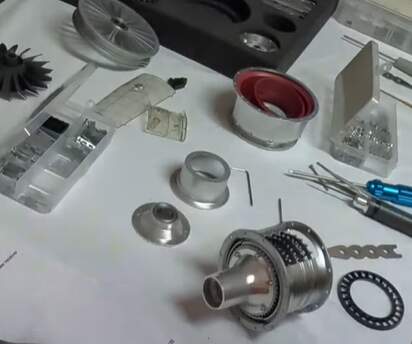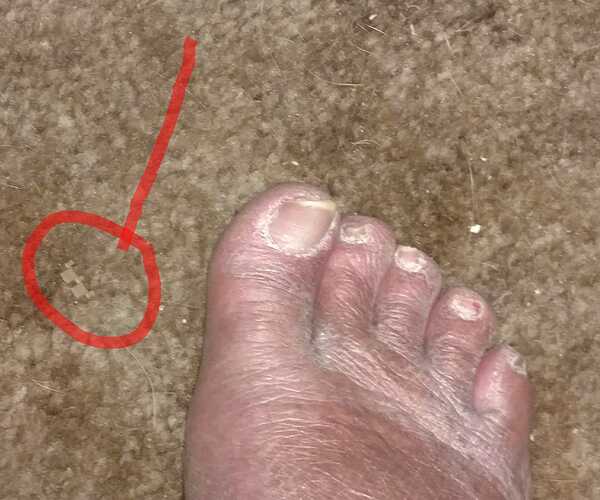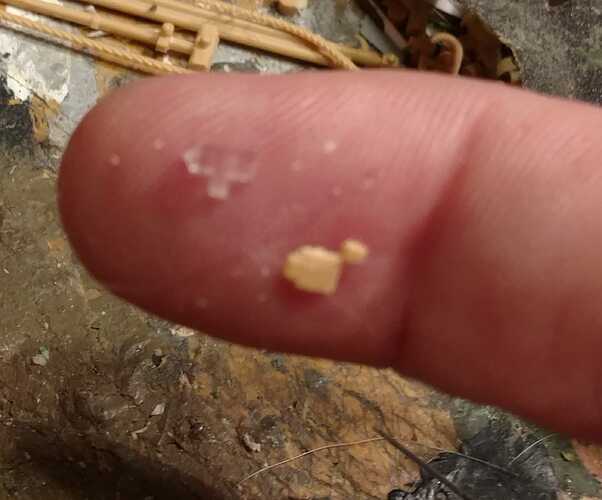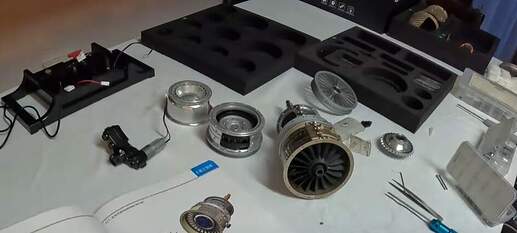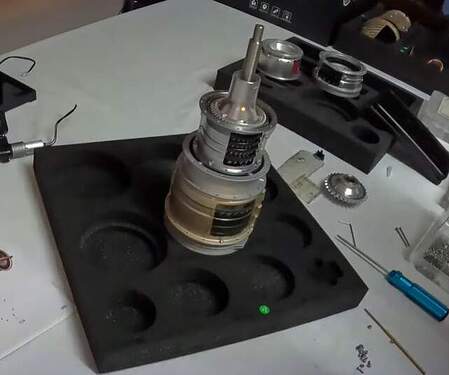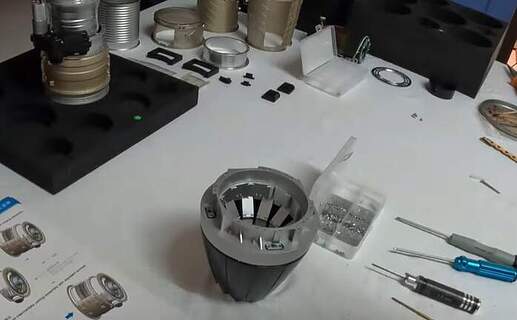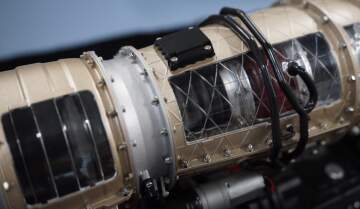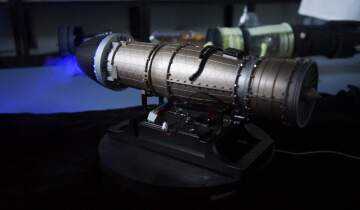Recently fell into a new rabbit hole and started building a 1/10 scale turbofan engine model. It’s an all-metal kit, supposedly based on the F135 engine used in the F-35. The moment I opened the box and saw 600+ parts, I’ll admit, it was a bit overwhelming—but once I got started, I couldn’t stop.
I’ve just finished the front compressor section, which includes both the low- and high-pressure compressors. Lots of fan blades—layer after layer—all made of metal. Just that part alone used up over 200 parts. The build’s been fun so far, so I figured I’d jot down some notes as I go.
Before starting, I spent a bit of time sorting tools. I mainly used a set of hex screwdrivers (1.5mm and 2.0mm came in handy the most), plus a pair of tweezers for handling tiny screws. The kit actually includes these tools, which is nice. I also applied a bit of lubricant to the bearings—otherwise, they felt too dry. One thing I’d really recommend: get yourself a good desk lamp. The parts are really small, and it’s easy to lose something if you’re not paying close attention.
Installing the fan blades takes some care. The manual is fairly clear, but there’s still a risk of putting one in backwards. I made a habit of double-checking each layer against the manual before tightening anything, just to avoid having to backtrack.
What really surprised me is that this thing actually moves. It’s not a dead/static model—the compressor assembly is fully gear-driven. Once assembled, you can spin the shaft and watch all the blades turn together. It’s smoother than I expected, with almost no resistance. The gear and bearing system is well thought out—honestly, better than I anticipated.
One little detail I liked: the clearance between the blades and the housing is really tight, but nothing rubs. When it spins, there’s this soft metallic “whir” sound that’s oddly satisfying.
Next up is the combustion chamber section—looks like a series of metal rings. It seems simpler than the compressor stage, but it still has plenty of small parts.
By the way, I am curious about do you guys paint these? I kinda like the raw metal look, but I’m also tempted to try a scorched/titanium burn effect to make it more realistic. ![]()
